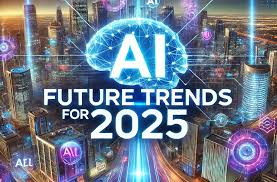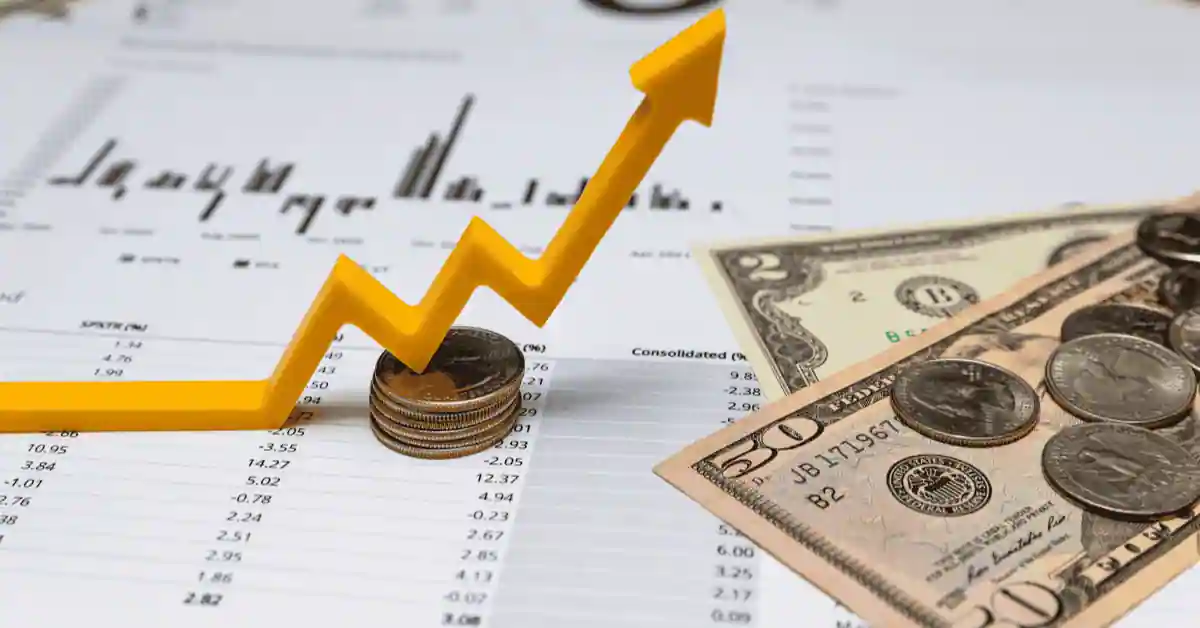Decentralized finance (DeFi) is currently changing in a radical manner. Following the boom of DeFi 1.0 and the advancements of DeFi 2.0, the global society is now welcoming DeFi 3.0 which is a next stage of innovation adding artificial intelligence (AI), real-world asset tokenization (RWA) and cross-chain liquidity solutions. This blog investigates the role of the next-gen DeFi protocols to set the course of the future of decentralized finance in 2025 and beyond.
What is DeFi 3.0?
The evolution of decentralized finance, DeFi 3.0, is the logical continuation of the development of a new financial system, which is based on peace without trust, without permission, and without secrets. Whereas DeFi 1.0 added simple, early lending, borrowing, and trading protocols, and DeFi 2.0 enhanced liquidity and capital efficiency, DeFi 3-0 makes a giant step forward by:
Using AI to build better decision-making and risk management.
- Ensuring the actual interoperability by supporting multi-chain DeFi
- Empowering real as-world asset tokenization (RWA).
- Cultivating cross chain liquidity in order to facilitate asset transfer.
Decentralised Finance 2025: An Ecosystem That Has Grown Up
Decentralized finance 2025 ecosystem has grown maturely. Regulators are busy setting up structures to encourage innovation but secure consumers. The integration of blockchain in more traditional financial institutions is being tested and the average DeFi user is today more well-informed and cautious than ever before.
By 2025 we can observe
- Increase in the DeFi staking platforms with sustainable reward structures
- Widespread usage of AI-based DeFi protocols to provide individual strategies on yield generation.
- The formation of real utility DeFi governance tokens in protocols.
- Huge developments in blockchain ecosystems that can interoperate.
Smart, Scalable, and Predictive AI in DeFi
The implementation of the AI is quickly becoming the central element in the next-gen DeFi protocols. AI in the DeFi empowers:
- Market trend and risk management predictive analytics.
- Rebalancing and optimization of portfolio automatically.
- Auditing Fraud detection and smart contracts.
- DeFi asset specific AI-enabled trading bots.
They are pioneered by such projects as Fetch.ai, Numerai, and Singularity which offer the idea of AI-driven DeFi platforms and the convergence of data science and decentralized constructions.
Real World Asset Tokenization (RWA
Real-world asset tokenization (RWA) is one of the most thrilling opportunities of DeFi 3.0. It is done by tokenizing tangible assets making them blockchain-based tokens, such as real estate, commodities, or government bonds
RWA in DeFi has the following benefits
- Global liquidity of the illiquid assets
- The investors have fractional ownership.
- More visibility and less middlemen.
Such protocols as Centrifuge, Maple Finance and Goldfinch are blazing the path towards RWA incorporation establishing new applications and business models in decentralized finance by 2025.
The Cross-Chain Liquidity Solutions: Overcoming Boundaries
Interoperability has been a great hurdle of DeFi. The current problem is being dealt with by cross-chain liquidity solutions, which enable value to cross between blockchains smoothly.
Important technologies in this trend
- Bridging services such as Wormhole, LayerZero and Axelar
- Multi-chain supported exchanges (DEXs)
- The protocol that connects liquidity pools to different chains.
With this transition, users are able to operate their multi-chain DeFi protocols allowing them to facilitate greater scalability and capital efficiency.
Sustainable and AI-Fueled Yield Farming 3.0:
Yield farming 3.0 solves the shortcomings of the forebears. Historically, such a high-reward model of yield farming proved to be full of unsustainable emissions and rug pulls.
The features of Yield Farming 3.0:
- Yield optimization with the help of artificial intelligence.
- Liquidity is put under ownership of protocol to reduce reliance on users.
- Risk profiling in real time and automatic position lot size.
It is in line with the overall DeFi revolution to safer, smarter, and more durable products of the financial kind.
Real-Utilitarian DeFi governance tokens
Tokens used in governance are increasingly becoming more than passports to vote and are becoming fundamentally important aspects of protocol strategy. Within DeFi 3.0, it is common to find DeFi governance tokens:
- Grant on change of major protocols.
- Provide revenue sharing schemes.
- They can be used as security in borrowing/lending markets.
- Real yield power staking.
Such protocols as Curve, Aave, and Uniswap are beginning to establish standards when it comes to utility-based tokenomics.
Interoperable Ecosystems The best future is Multi-Chain Blockchain
The year 2025 is also seeing a rise in interoperable chains in the ecosystem fostering cross-protocol cooperation and scale. These ecosystems minimize the siloed liquidity and innovate.
Key benefits:
- Quicker cross chain transactions.
- Enhanced user exploitation by means of unified interfaces
- Lower costs of gas using Layer 2 and rollup.
- Some of the most excellent multi-chain DeFi protocols are Cosmos, Polkadot, Avalanche.
What are Trends in DeFi in 2025?
DeFi trends 2025: The most prominent ones are:
Regulated DeFi (ReDeFi): Protocols that can be used by institutions include layers of KYC.
- Strategy generations of AI of yield and trade.
- On-chain RWAs such as stocks, bonds and real estate.
- Security of DeFi through cross-chain identity.
DAO 2.0: The smarter decentralized autonomous organizations.
The trends show that decentralized finance future is more linked to real-life applications and systems of an institutional level.
Decentralized Finance Future: What is Next after DeFi 3.0?
As DeFi 3.0 takes root, the industry is already pondering over what the future of decentralized finance will be. Some of the potential directions are:
- Quantum-proof cryptographic DeFi 4.0
- Completely I-powered financial DAOs
- Decentralised identity and on-chain credit-scoring
- International regulations that facilitate real-life integrations
In a nutshell, the DeFi development cycle is not complete. AI, RWA, cross-chain technology, and user-centred governance are ushering in the new era not only in crypto- but the future of global finance.
Conclusion: The Future of DeFi is Present
DeFi 3.0 does not target to be an upgrade but rather a paradigm shift. The combination of these three concepts, like AI in DeFi, real-world tokenization of assets, and cross-chain liquidity solutions, is making the realm even more decentralized and growing at a rapid rate than ever. Increasingly throughout the year 2025 and further along as we enter the world of decentralized finance, innovation, regulation and adoption will be the makers of the future.
In order to survive in this new age, the users and the investors will need to be educated, diversify within the multi-chain DeFi protocols and engage in the governance of DeFi tokens. There are so many opportunities along the path ahead and the revolution is just starting.






